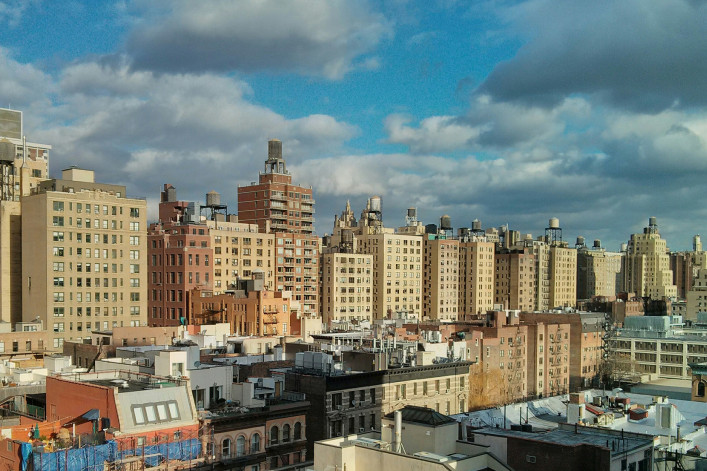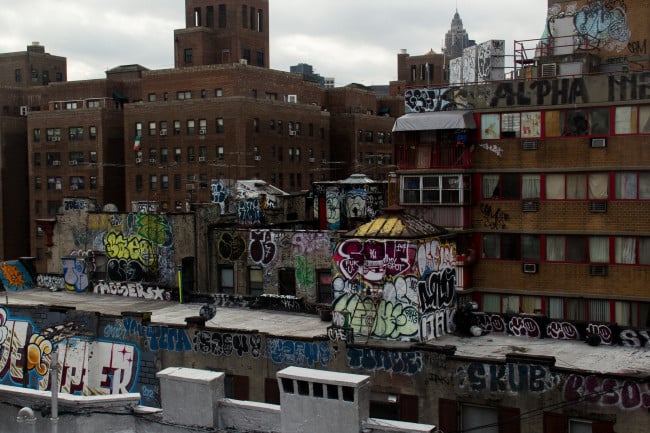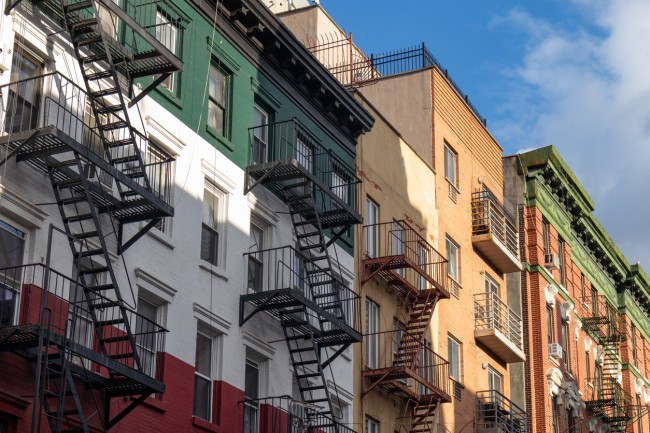This 1994 City Council vote is the reason you can't afford your rent
When you're getting pushed around by the cutthroat New York City rental market, it can often feel as though you're at the mercy of immutable, larger-than-life market forces governing your quality of life and whether or not you can afford to live in the city at all. But in fact, the current state of our market is very much the product of fallible—and reversible—civic decision-making. That, and human error.
ProPublica has done an impressive deep dive into the 1994 City Council vote that brought us vacancy deregulation, and how it unintentionally set the city up to hemorrhage rent regulated apartments in the years that followed. In short: under pressure from the real estate industry—and in the context of the city's sagging early '90s market—the City Council voted to implement "vacancy deregulation," wherein a rent-stabilized apartment that had risen to $2,000/month or more could be taken out of rent regulation when a tenant moved out.
Given that the median rent across the city was around $600/month at the time, most politicians in now-gentrified areas assumed the new rule wouldn't affect their areas, and would instead be relevant to a small number of upscale Manhattan apartments.
Not so much.
Instead of waiting for their apartments to naturally hit $2,000 based on the incremental rent increases laid out by the Rent Guidelines Board, instead, many landlords took advantage of vague wording and loopholes in the law to increase the price in between tenants via measures like Major Capital Improvements and Individual Apartment Increases, which make it legal to raise the rent based on the cost of renovations. This, combined with new 1997 rules that gave landlords a right to boost the rent by 20 percent in between tenants—and use "preferential rents" to surprise tenants with increases—made it very easy for landlords to ratchet the cost of their apartments to $2,000 or higher.
"That is the number one tool for gentrification and the number one tool for fraud," Housing Rights Initiative Head Aaron Carr told ProPublica of the illegal rent increase tactics.
On top of that, until a new rule passed in 2015, landlords could institute these cost increases (and de-regulate their apartments) in between tenants. Now, the rent has to rise above the minimum threshold while the tenant is still in place, but that won't bring back the thousands of apartments that were lost beforehand.
The city is also making moves to keep the vacancy deregulation threshhold more in line with inflation (it's currently set at $2,700, and about to rise along with RGB regulations), but for years this wasn't the case, meaning that as the market rose, the $2,000 ceiling became increasingly low-hanging fruit for landlords eager to get their apartments out of stabilization.
"This 1994 vote had a much more significant impact than anyone at the time could have predicted," ProPublica reporter (and report co-author) Cezary Podkul tells us.
Many politicans who voted for vacancy deregulation at the time now publicly regret it, and have endorsed multiple bills to repeal the measures. Unfortunately, with a staunchly Republican majority in Albany, says Podkul, "It simply hasn't gone anywhere—I don't know if one of these bills has even gotten to a floor vote. The Republican-controlled Senate is very closely aligned with the real estate industry."
Here in the city, Mayor Bill de Blasio's affordable housing efforts have primarily focused on the creation of new housing (via the building of so-called "80/20" buildings, for instance), but as Podkul puts it, with existing stabilized units going market-rate every day, "It's like pouring a trickle of water into a bathtub that has huge holes in the bottom."
While you can't bring your apartment's rent back down to its mid-90s levels, you can check out a map from ProPublica tracking rent stabilization and evictions here, and read up on how to find out if your apartment was illegally de-regulated here.
You Might Also Like



























